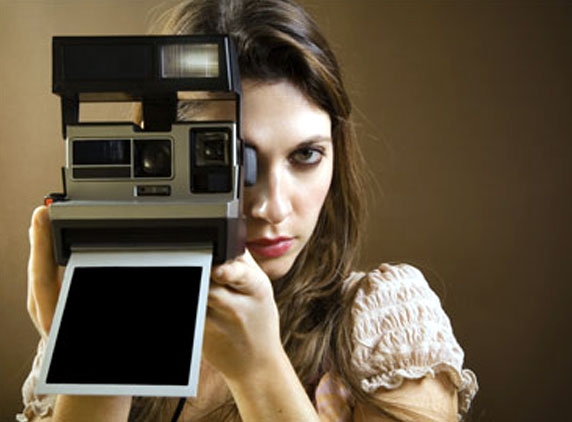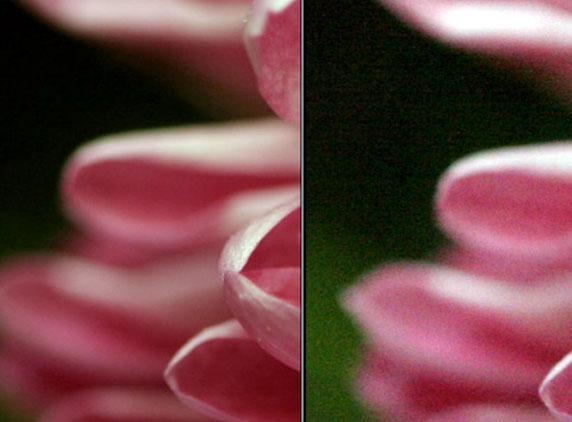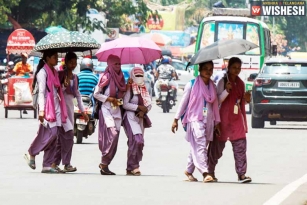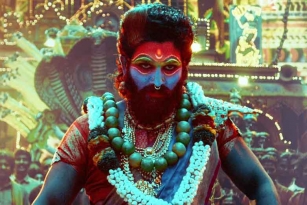
Hello, friends. With the previous tutorials, I expect you should have taken a few better pictures than before. Sure, they might not be the best pictures that sell for millions already but you will eventually get there with enough passion and practice.
In case you haven't followed our first two lessons, take a quick glance and head back here. Read the articles thoroughly when you have more time. Most, important of all, move out of that cozy chair and get dirty with the camera.
http://www.andhrawishesh.com/home/wishesh-special/37727-camera-wishesh-mini-photography-school.html
With no further delay, we shall move on to the next topic, ISO. Don't ask me what it stands for because, I haven't found the answer myself but it is the sensitivity of your camera to light rays. The camera sees light differently with different ISO settings. Instead of going by textbook definitions lets see what happens practically.
ISO is generally put in different increments like 100, 200, 400, 800, 1600, 3200, 6400... and so on. ISO 100 is a standard that is specific to your camera which represents its least sensitivity to light. In a low light situation you want more sensitivity of the image sensor on your DSLR and hence you choose a higher number and the better the light lower the number, 100 being the least possible at all times. If you want to shoot at a particular aperture or a shutter speed in low light, bump up your ISO as required and you can shoot at higher shutter speeds or lower apertures as required.
While you have the advantage of making your sensor sensitive to light as you like, and giving yourself more control over your pictures, you will have to compromise on the image quality with increasing numbers of ISO. There is a formation of a coarse texture on the picture at high ISO. This is called grain and the pictures with more grain than desired can be disturbing and hence called noisy. Noise in images refers to high grain.
Take at look at this picture.

One on the left has been shot at ISO 100 and on the right at the same settings but ISO 3200. Can you notice the noise? It is a fair trade when you have to choose between the ISOs and quality. Better cameras are more sensitive at ISO 100 than low end cameras. Most cameras have acceptable noise until ISO 800 or so but the bigger you print your picture, the clearer the noise would be.
Where your ISO should be high:
Desired grain
Indoor shots
High speed shots, sports
Dusk
Places where flash is not allowed
Concerts
No Tripod
Where your ISO should be low:
Subject is stationary
Outdoor events
Stadium
Bright days
Tripod
Try out different settings, make mistakes and learn from them. Get out of that Auto mode in photography!
Photography tip of the day: Shoot popular monuments from an angle that most people would not generally see. It gives the picture a whole new perspective of the place.
(AW- Anil)


























